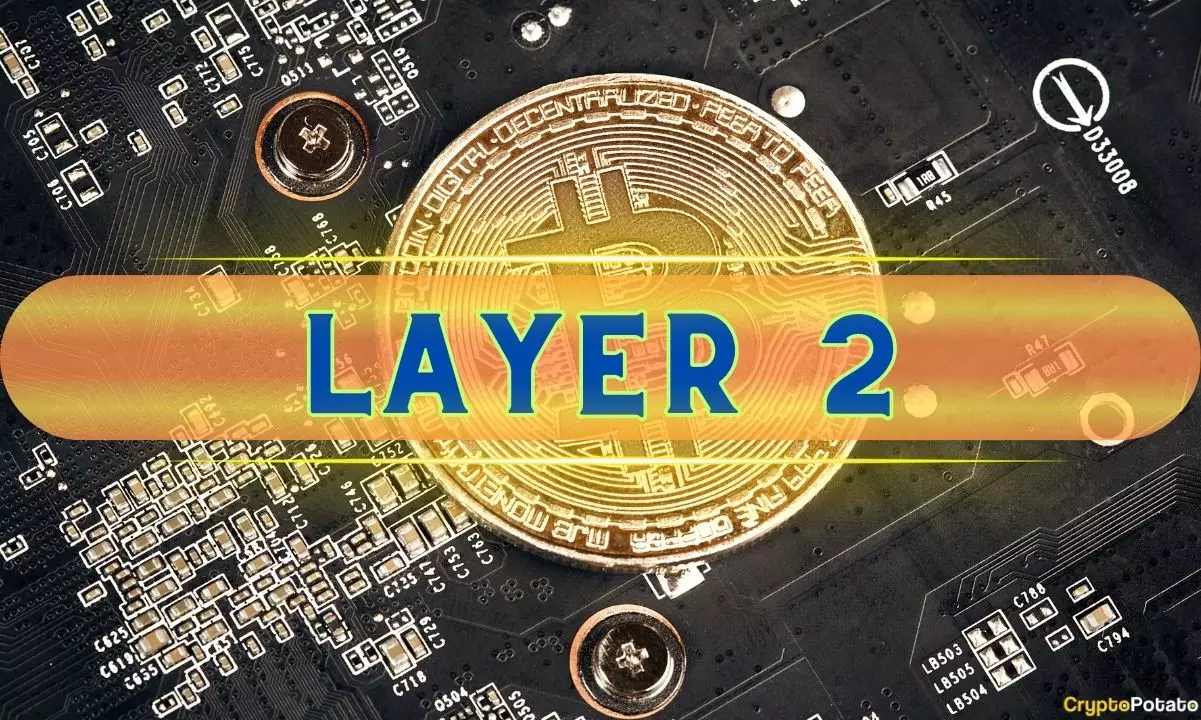Bitcoin Layer 2 solutions have been a hot topic this year, garnering both praise and criticism. One notable critic is Mempool founder Mononaut, who has pointed out several technical drawbacks of these protocols. Mononaut argues that if a Bitcoin Layer 2 solution lacks support for unilateral exits, it essentially functions as a multi-signature system rather than a true Layer 2 solution. He has also criticized solutions that involve venture capital investors and introduce their own tokens, likening them to pump and dump schemes. These criticisms shed light on the potential risks associated with Layer 2 solutions, highlighting the importance of thorough technical analysis before adopting such systems.
Mononaut’s concerns extend to Layer 2 solutions that offer reciprocal rewards based on deposit amounts, which he equates to pyramid schemes. He also warns against solutions backed by upgradeable Ethereum contracts and controlled by a single entity, viewing them as potential rug pulls waiting to happen. These cautionary statements serve as a stark reminder of the importance of due diligence when considering new technologies in the crypto space. It is crucial for developers and users alike to thoroughly evaluate the sustainability and security of Layer 2 solutions before engaging with them.
The controversy surrounding Bitcoin Layer 2 solutions also touches upon the debate between Bitcoin-native solutions and those that are built on Ethereum. Mononaut highlights the danger of systems that claim to be Bitcoin-native but are actually Ethereum multi-signature systems, warning against affinity scams. This distinction raises questions about the authenticity and transparency of certain Layer 2 solutions, emphasizing the need for clear technical documentation and verifiable information. As the crypto landscape continues to evolve, the delineation between Bitcoin and Ethereum-based solutions becomes increasingly important for users seeking secure and reliable protocols.
Despite the criticisms and controversies, there is a growing excitement around the potential of Bitcoin Layer 2 solutions. Prominent Bitcoin educator Dan Held foresees an explosion of such solutions as the bull run unfolds, citing existing networks like Lightning Network, Liquid, and Rootstock as examples. Held acknowledges the inefficiencies of these networks but remains optimistic about the emergence of new players in the space. He anticipates a diverse ecosystem of Layer 2 solutions with varying degrees of success, emphasizing the need for innovative design and market strategies to drive adoption and scalability.
While Bitcoin Layer 2 solutions offer promising advancements in scalability and transaction efficiency, they are not without their challenges. Critics like Mononaut raise valid concerns about technical shortcomings, questionable practices, and the distinction between Bitcoin-native and Ethereum-based solutions. As the crypto community navigates this evolving landscape, it is essential to approach Layer 2 solutions with a critical eye, conducting thorough research and due diligence to ensure the integrity and security of these protocols. While the future of Bitcoin Layer 2 solutions remains uncertain, thoughtful analysis and informed decision-making will be key to unlocking their full potential in the digital economy.

